This is an on-site version of the US Election Countdown newsletter. You can read the previous edition here. Sign up for free here to get it on Tuesdays and Thursdays. Email us at electioncountdown@ft.com
Good morning and welcome to US Election Countdown. Today let’s talk about:
-
The fight for Latino voters
-
Google’s future under a Trump presidency
-
Inflation hanging over Harris in Michigan
Kamala Harris and Donald Trump are racing to shore up support among Latino voters, a key constituency in the swing states of Arizona and Nevada.
Both candidates will visit the two states — where Latinos make up more than 20 per cent of the population — in the coming days. Harris will take part in a Latino-focused town hall tonight on Univision, while Trump will do the same next week. Latinos make up 15 per cent of the US electorate — double their share in 2000.
The US’s growing Latino demographic was once reliably Democratic, but it has drifted right in recent years. Pollsters say this is a result of voters’ economic concerns and growing disillusionment with the Democratic party’s leadership and policies.
Mark Jones, chair in Latin American studies at Rice University, said Harris was walking a tightrope as she wooed voters in the Midwest and Latino voters in the south-west, especially on immigration, a topic on which she has taken a stance to the right of Biden.
“The difficulty for Harris is she has to avoid any sort of messaging to the Latino community that could be counterproductive among white working-class voters and in Pennsylvania, Michigan and Wisconsin,” he said.
Earlier this week, the Harris campaign launched an “Hombres for Harris” initiative to court Latino men, who have been attracted to Trump’s strongman rhetoric and economic ideas.
Latino support for the vice-president currently lags Biden’s figure from four years ago: an NBC News/Telemundo poll last month found 54 per cent of Latinos backed Harris, while Biden took 59 per cent of the bloc’s vote in 2020.
Campaign clips: the latest election headlines
Behind the scenes
The US Department of Justice said on Tuesday that it might seek the break-up of Google to end its monopoly on search engines, a move that is unprecedented in modern US corporate history.
The US government tried to break up Microsoft in 2000, but that ruling was ultimately overturned on appeal and the tech giant settled with the business-friendly George W Bush administration.
This Google antitrust saga will be long and filled with appeals, meaning the election could impact the final outcome.
John Kwoka, an economics professor at Northeastern University, told the FT’s Stefania Palma that DoJ officials could “go soft” in a potential appeals process, since Trump was unpredictable and Harris seemed open to a milder antitrust policy than her boss. But, he added:
Big Tech doesn’t have the deference it did five years ago from either party, so . . . some version of this will probably go ahead.
A second Trump administration might not want to undermine the Google case since it originated during the Republican’s first term. Overall, Trump might not threaten Biden’s tough antitrust policy since a new generation of populist conservatives such as his running mate JD Vance have praised Washington’s aggressive stance. Big Tech has also drawn bipartisan anger in Congress.
On Capitol Hill, progressive Democrat Alexandria Ocasio-Cortez yesterday promised an “out and out brawl” should Harris axe Federal Trade Commission chair Lina Khan at the behest of Democratic donors, who has spearheaded the Biden administration’s antitrust fight.
Datapoints
Harris has a slim lead in Michigan. But she continues to be dogged by inflation, which has left its mark on voters in the crucial battleground state [free to read].
Michigan is part of the so-called blue wall that was key to Biden’s 2020 victory. He won the state by 154,188 votes, or 2.8 percentage points. And Trump has further fed the economic discontent among the electorate while campaigning in Michigan.
Bill DeJong, owner of Alger Hardware and Rental outside of Grand Rapids, told the FT’s Colby Smith that he was “not 100 per cent there” on voting for Trump again. He didn’t like the former president’s personality or plans to deport immigrants.
But in 20 years running his store, he’d never seen prices rise the way they had in recent years, and blamed some of that on Biden’s stimulus spending:
Prior to Covid, if I had 10 items in a week’s order that I would have to raise the price for, that was a lot. During Covid, it went to three or four pages with 50 items on each. Things aren’t going up as fast any more, but I don’t think anything is coming down.”
Nelson Sanchez, chief executive of RoMan Manufacturing, said his business was also feeling the pinch, which he blamed on slow consumer demand and less business from the automotive industry.
“We were firing on all cylinders, and then in January, it’s like somebody flipped a switch,” said Sanchez. It forced him to cut his workforce.
The vice-president leads Trump by 1.2 percentage points in Michigan, according to the FT’s poll tracker.
Viewpoints
-
Economist Burton Malkiel thinks tax proposals coming from both Republicans and Democrats “make little sense and would upend the principles of a fair and efficient tax system”.
-
Screenwriter and journalist Gabriel Sherman shares the wild inside story of the Trump biopic The Apprentice.
-
We’re moving away from democracy and towards “emocracy”, in which policy debates are driven by emotions rather than evidence, writes political scientist Catherine De Vries.
-
Volatile foreign policy is undermining the US as world leaders wait out the current president until another comes along that’s more to their liking, argues Janan Ganesh.
-
Martin Wolf explains why he thinks Trump’s trade policies would hurt the world.

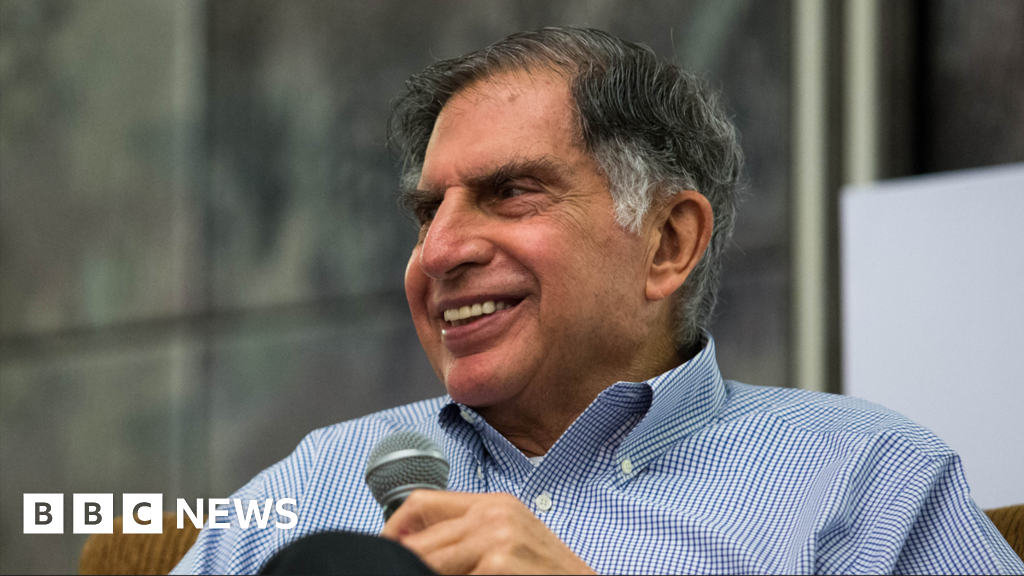

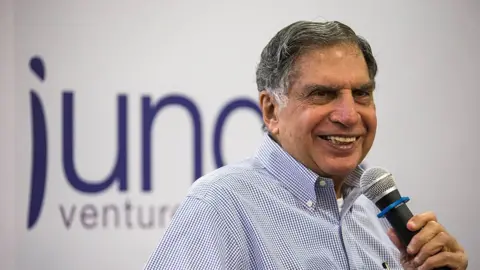

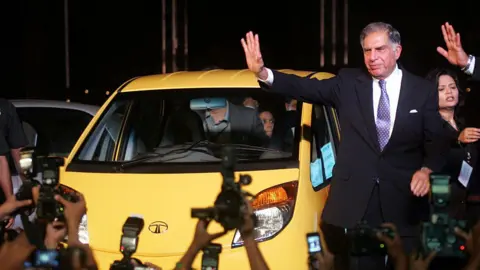
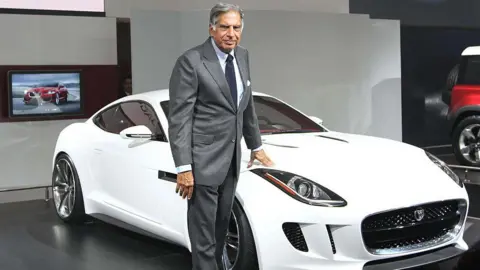
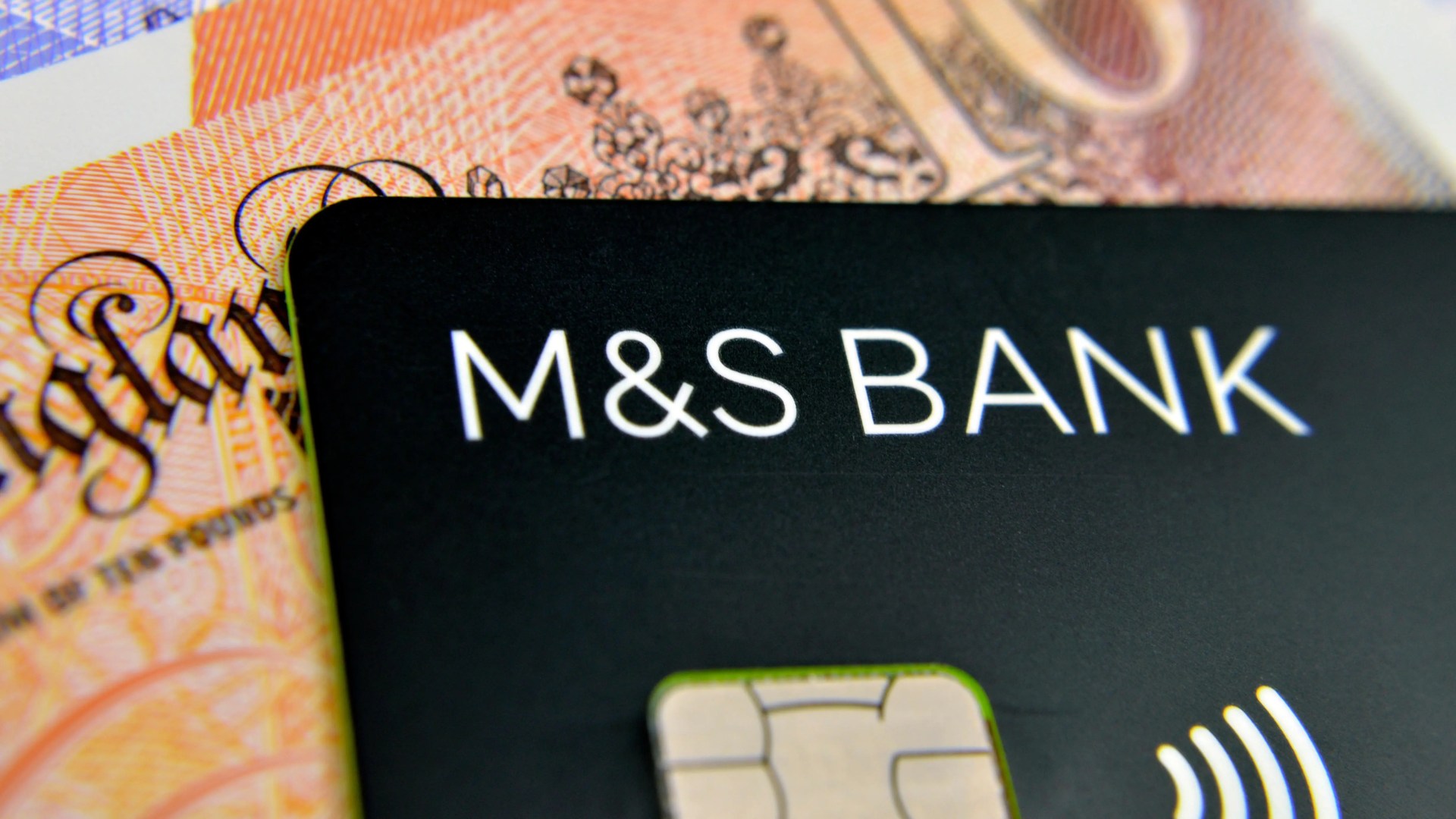





































































































































You must be logged in to post a comment Login